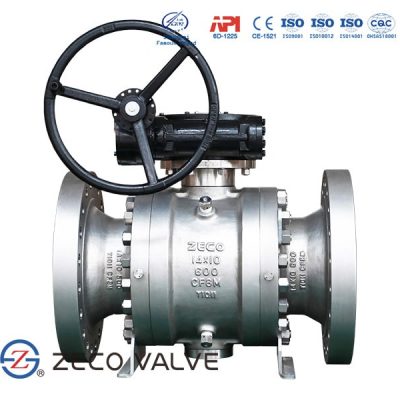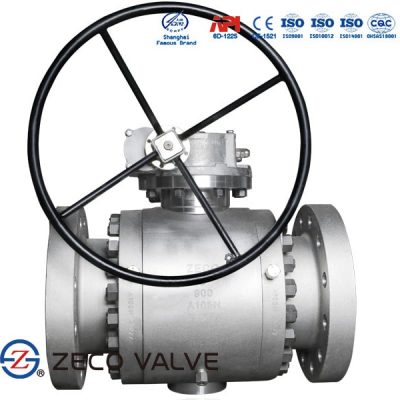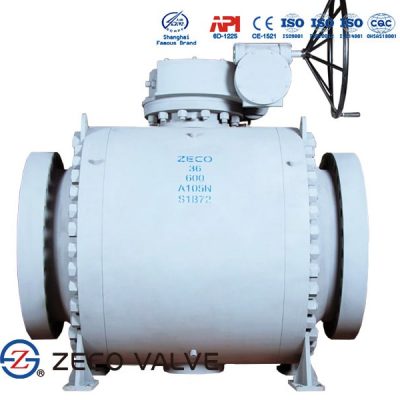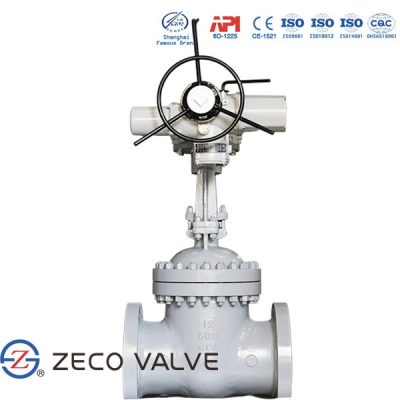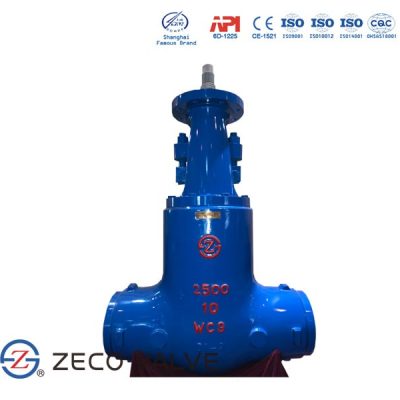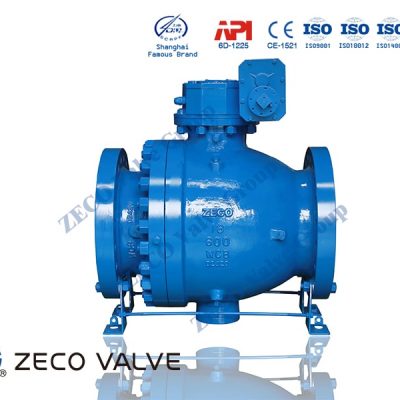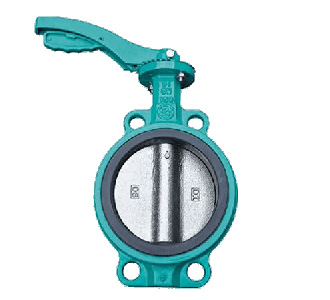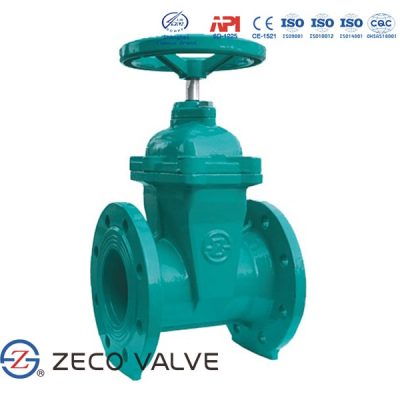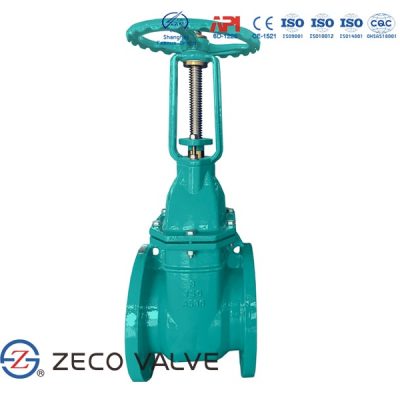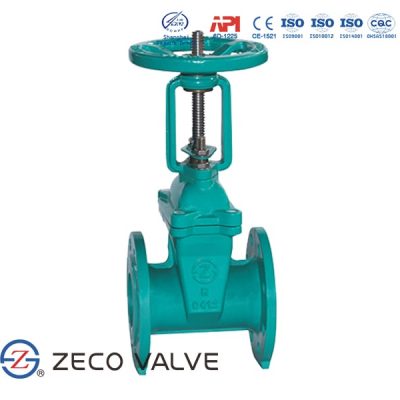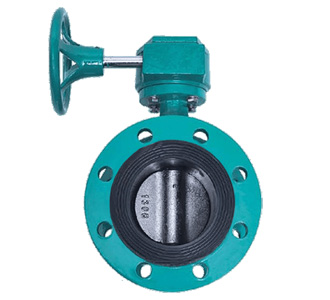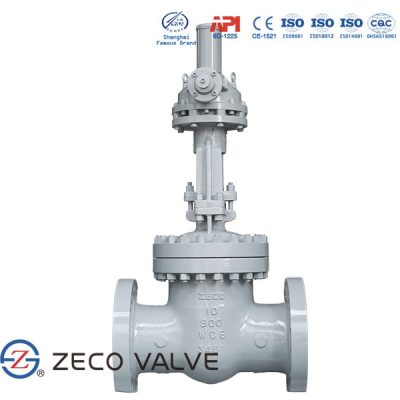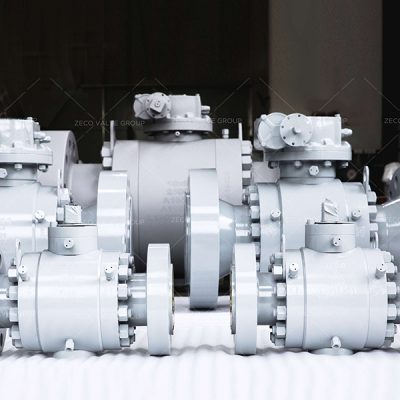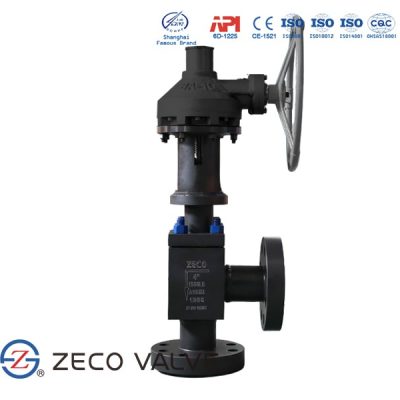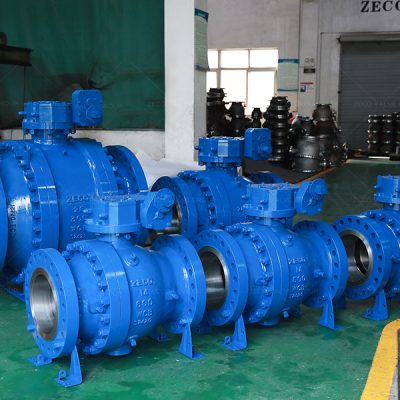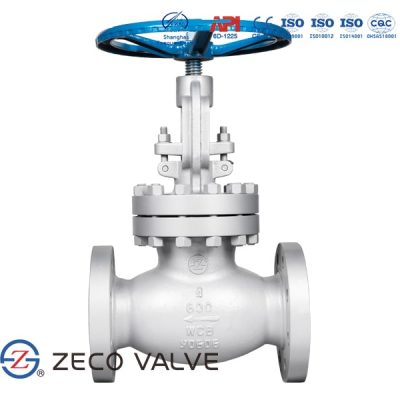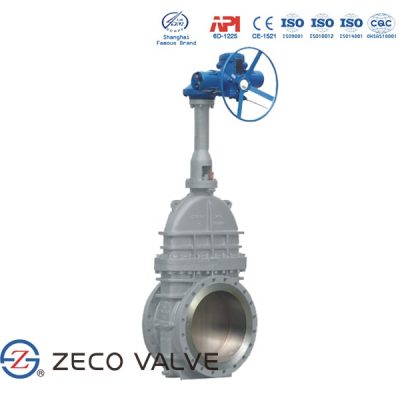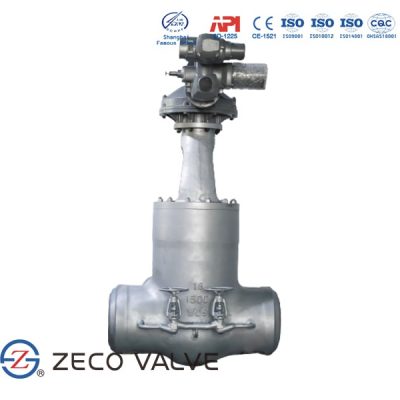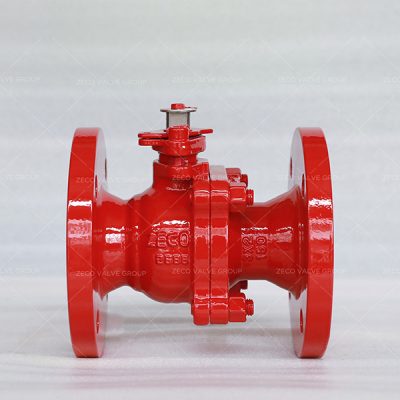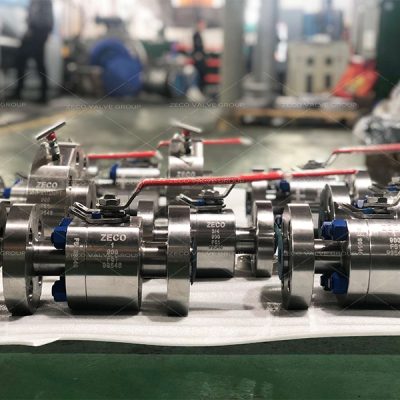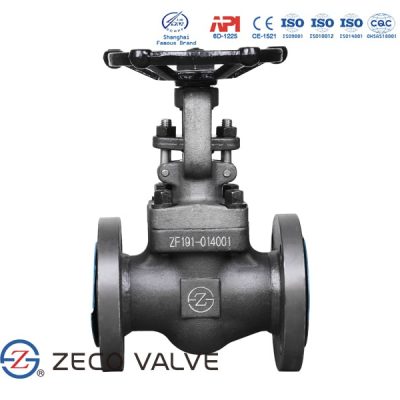What is an Isolation Valve?
An isolation valve is a valve in a fluid handling system that stops the flow of process media to a given location, usually for maintenance or safety purposes. They can also be used to provide flow logic (selecting one flow path versus another), and to connect external equipment to a system. A valve is classified as an isolation valve because of its intended function in a system, not because of the type of the valve itself. Therefore, many different types of valves can be classified as isolation valves.
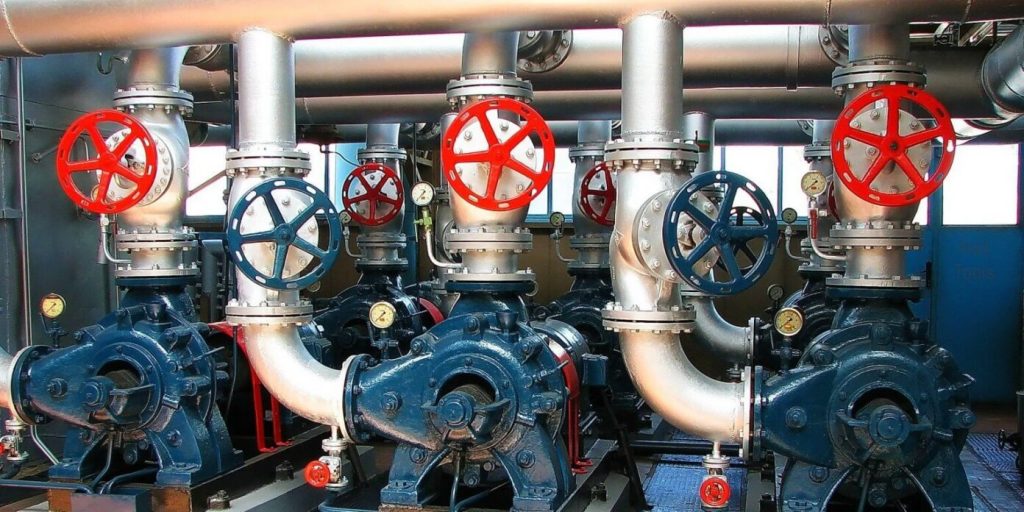
Different Types of Isolation Valves
Isolation valves can be categorized based on their movement or based on their internal structure design. These types of isolation valve are as follows:
Rotary Movement Valves
One of the popular types of isolation valves is the rotary movement valve. Rotary movement valves have a rotational movement. They have two main designs: Ball valves and butterfly valves.
Ball valves contain a handle that shows its status. By checking the status you can ensure whether the valve is closed or open. These valves are great for a tight shutoff. One of the great advantages of ball valves is that they can be easily cleaned and their maintenance is not difficult as well. Since they can be easily cleaned, they have less potential for choke up. Because the sudden movement of the valve can damage the gauge or diaphragm of the transmitter, they should have a slow operation.
Butterfly valves contain a disc that rotates around a shaft. The disc’s plane is parallel to the flow of the fluid when it’s in the open state. This position is perpendicular when closed. These types of isolation valves are great for low-pressure situations. Butterfly valves are compact as well. That is why they are great for places with limited space.
Linear Movement Valves
Linear movement valves evolved from sluice gates, which were originally used to control the flow of water in irrigation channels. Since then, numerous designs and types have been developed for use in almost every type of flow application. Although linear movement valves have straight-line obturator movement, fluid flow can be at right angles to this movement (as in gate valves) or in the same direction (as in globe valves). The linear movement valve’s main feature is that tight shut-off can be achieved by tightening the obturator on a threaded stem.
Applications—The Right Isolation Valve for the Right Job
Choosing the best valve for your application involves finding the best match between a design’s requirements and the valve’s characteristics. This is not always a straight forward process since so many variables are involved. For example, how much flow is needed, and what is the pressure of the media? Are there certain space limitations, specific power requirements or a minimum required response time or lifespan? What type of media is being used, and what materials of construction is it compatible with? Does it contain particulates? How much of a concern is cross contamination? Would disposable tubing be beneficial? The following table highlights some of the different characteristics of these types of valves and may be used as a guide for selecting the right type of valve to best meet the needs of a specific application.

